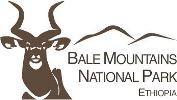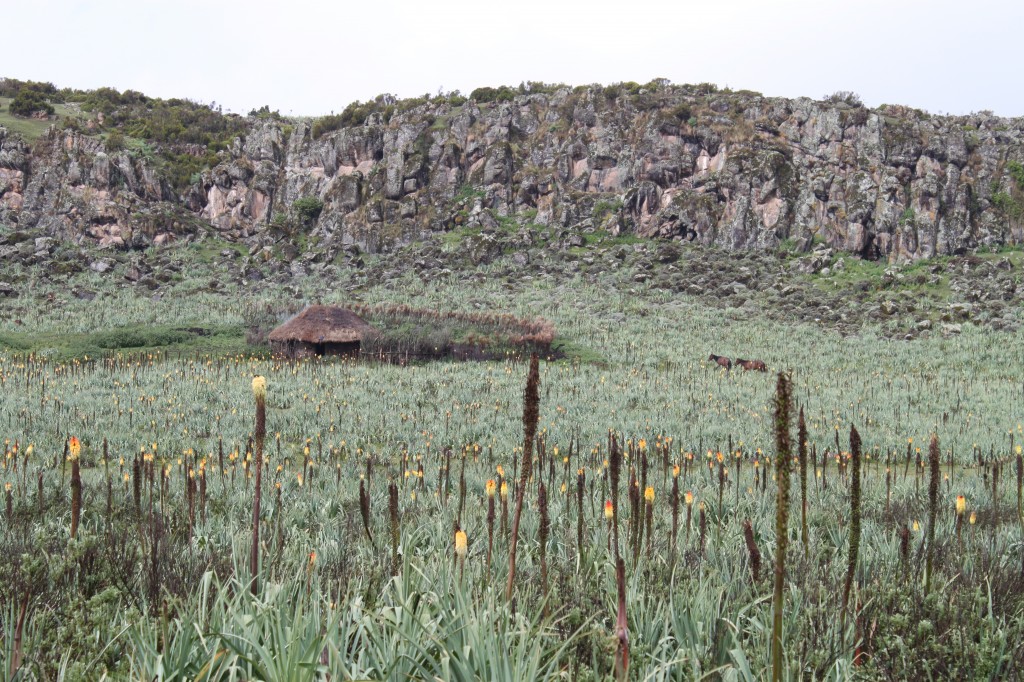Bale Mountains National Park is faced with many threats associated with an ever developing and an increasingly populated Ethiopia.
One of the biggest threats to the park is grazing. For example, within the Web Valley, a prime Ethiopian wolf habitat, cattle density is estimated at 250 per square kilometre. Other threats include increasing settlements within the park. Currently over 40,000 people live within the park’s boundaries, increasing pressure on the natural resources of the area and diminishing natural habitats of wild animals.
With these settlements come domestic dogs, which pose a great threat to the Ethiopian wolf. Dogs transmit rabies and canine distemper virus (CDV). In 2010 approximately 40% of the Bale population died and again, in 2019, up to 70% of the Bale population were killed by CDV. A vaccine for rabies is now being used a vaccine for CDV is still being tested.
Other serious threats include the use of the wolf habitat by livestock for grazing which significantly reduces the availability of rodent prey. FZS works to exclude livestock from key wolf habitats.
Over 12 million people, their livestock and the environment in the south of Ethiopia, as well as neighbouring Somalia, rely on the water that originates from the Bale massif. Unsustainable use, degradation of the ecosystem and pollution are major threats. Conservationists suggest that if conservation efforts in the Bale Mountains are not successful and people continue to exploit the resources in an unsustainable way, more species of mammal would go extinct than any other area of equivalent size on the planet.

